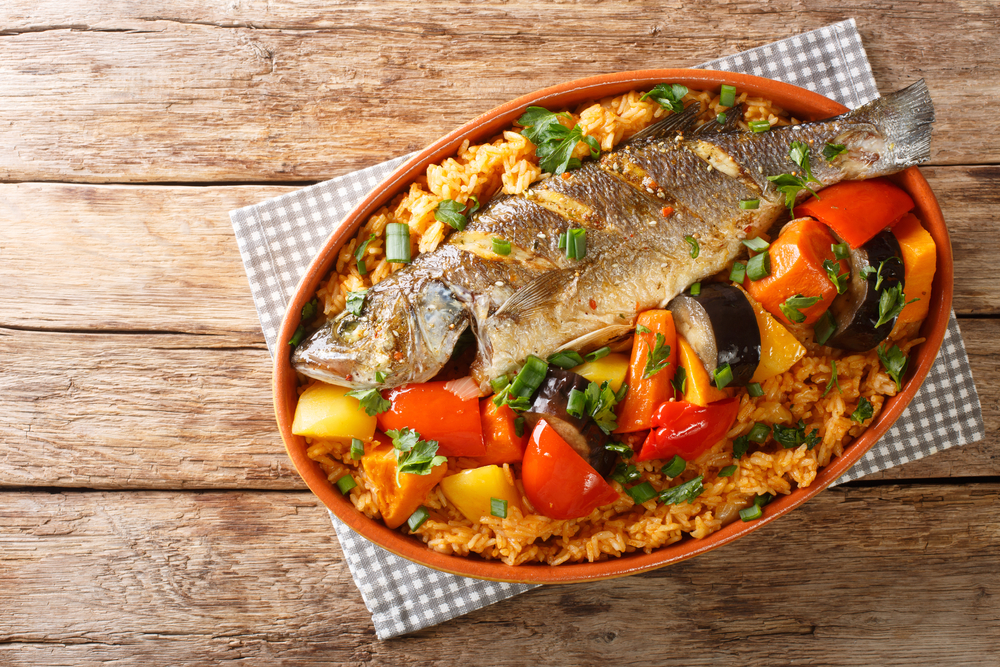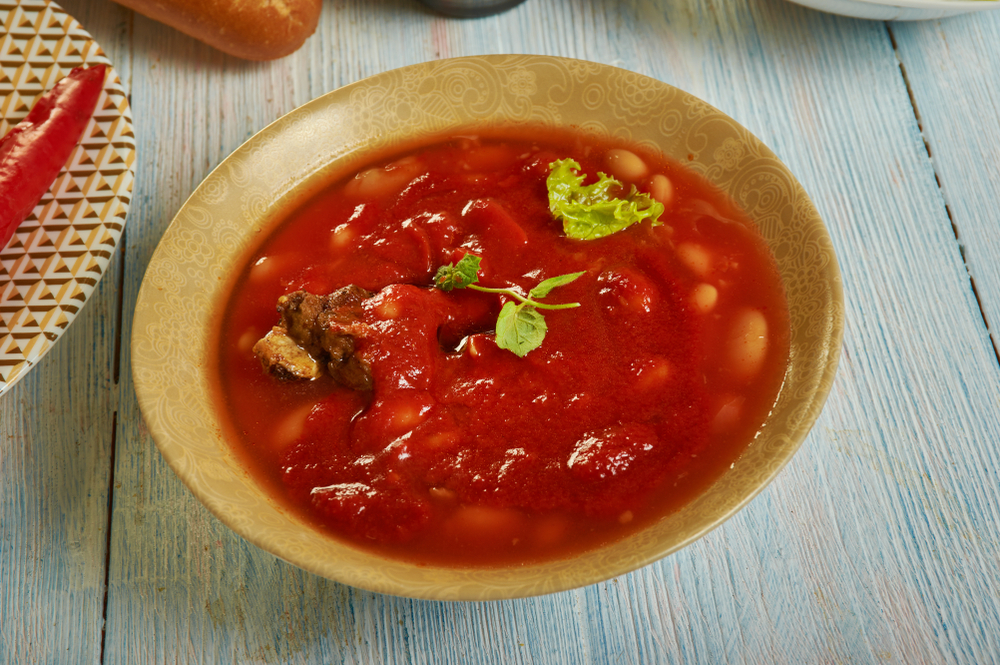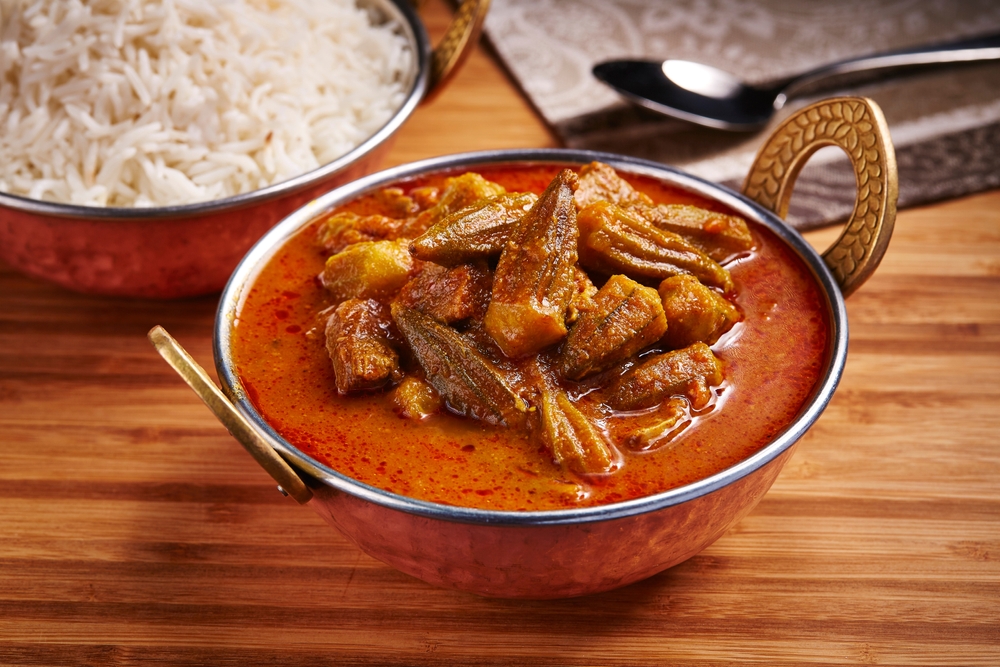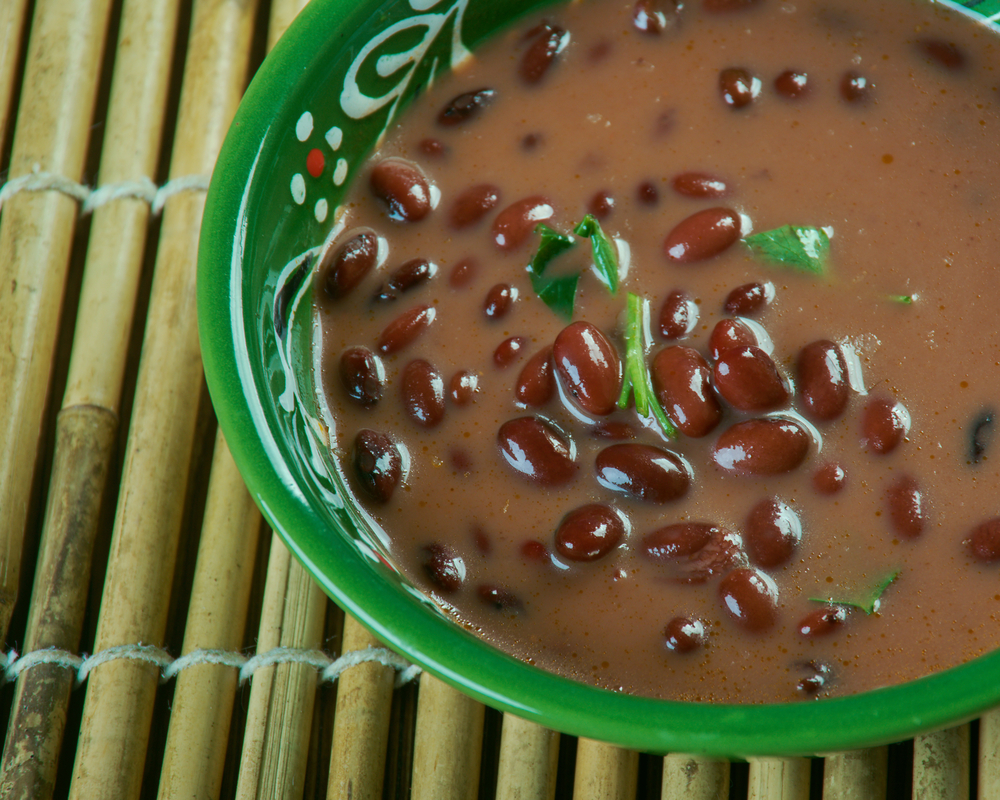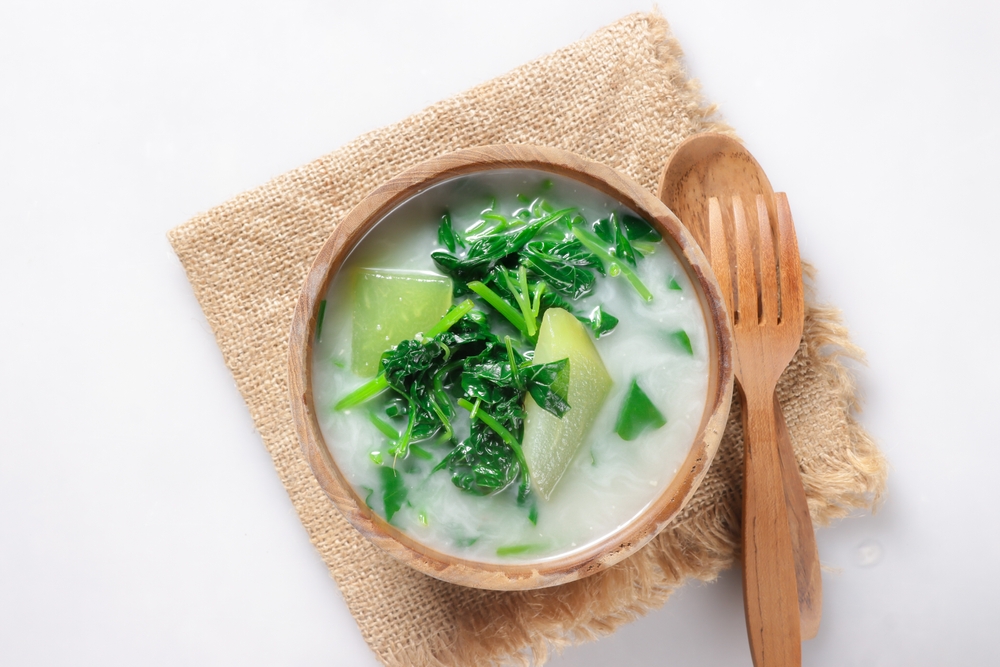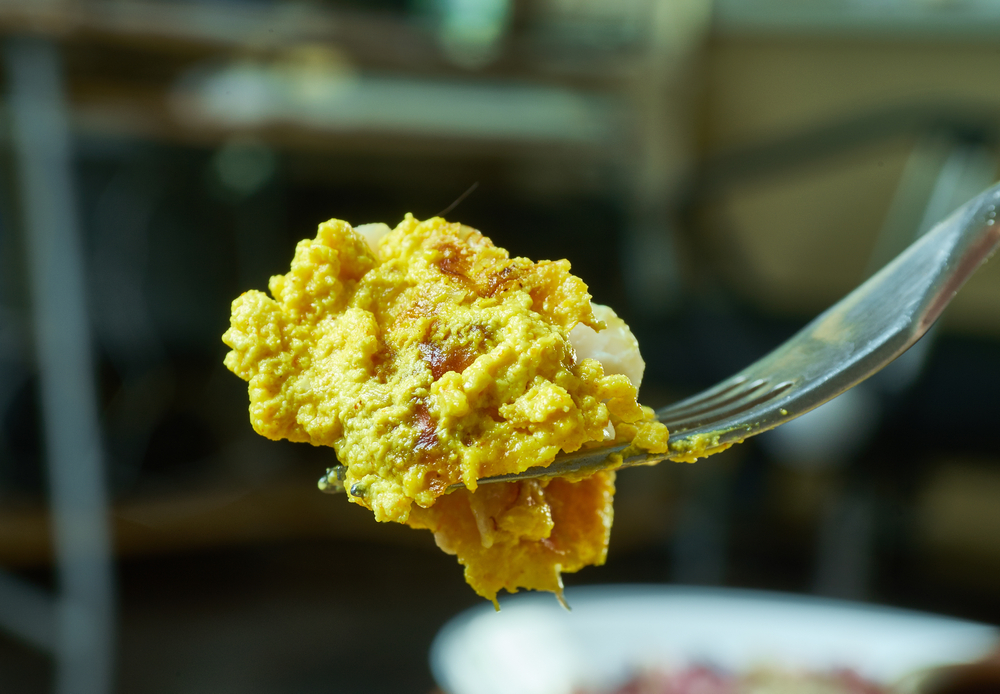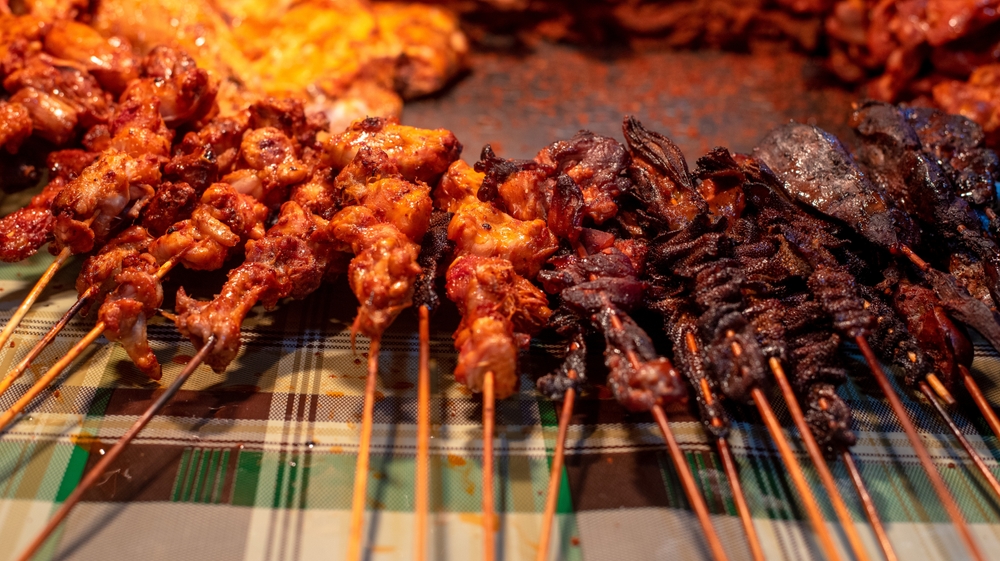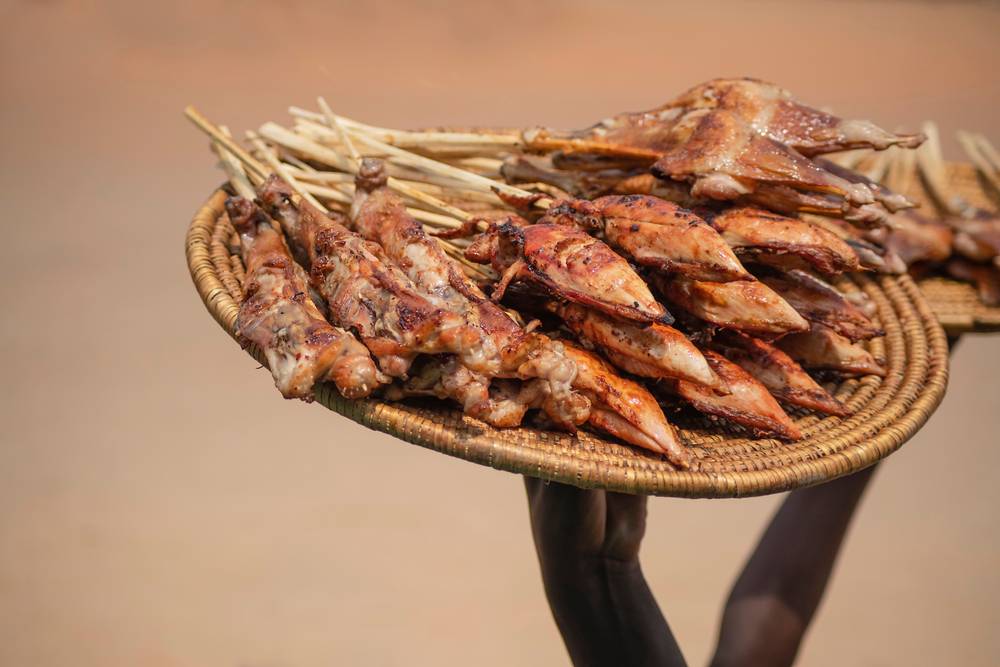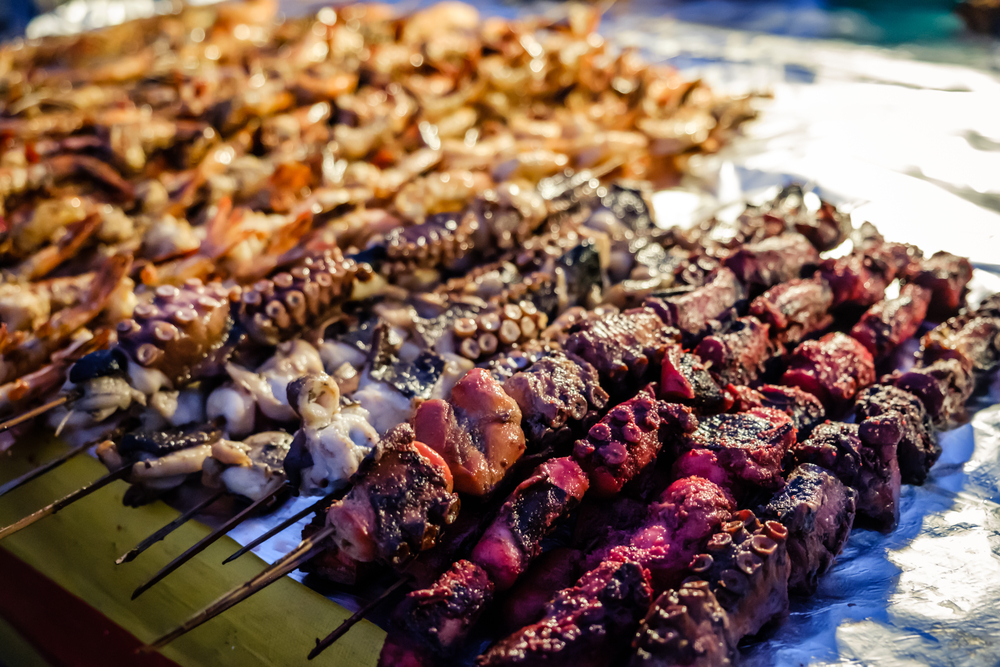Top 10 African Dishes Everyone Should Try
Africa, a continent bursting with a tapestry of cultures and histories, boasts an equally diverse culinary palette. Each region contributes its unique flavors and traditions to this vast culinary landscape. Delve into this curated list of the top 10 African dishes, a must-try for culinary adventurers.
Jollof Rice
Originating from West Africa, Jollof rice is often dubbed the ‘paella of Africa’. This one-pot delicacy is a harmonious blend of rice, tomatoes, onions, and a medley of spices. The rich, reddish dish is frequently complemented with sides like grilled chicken, succulent fish, or the sweetness of fried plantains. Whether it’s at a festive gathering or a family dinner, Jollof rice stands as a symbol of West African culinary pride.
Couscous
In the sweeping landscapes of North Africa, Couscous stands out as a culinary gem. These tiny steamed granules made from semolina flour serve as the perfect base for a myriad of toppings. They soak up the flavors of aromatic stews or tagines, laden with meats and vegetables. A true testament to North African heritage, Couscous embodies the spirit of communal dining and celebrations.

Ugali
Ugali, a staple from East Africa, is more than just a dish; it’s a tradition. Made from maize (corn) flour, this dense, dough-like food is a versatile accompaniment to various sides. Whether it’s scooping up rich meat stews, tangy fish dishes, or simply paired with local greens, Ugali’s simplicity is its strength, making it an essential part of the East African diet.
Bunny Chow
The streets of South Africa offer the unique treat of Bunny Chow. An intriguing name for an equally intriguing dish, Bunny Chow is essentially a hollowed-out loaf of bread brimming with rich curry. With roots in the Indian community of Durban, this dish is a delightful fusion of Indian and South African tastes, making it a must-try fast food for visitors and locals alike.

Brik
From the vibrant markets of Tunisia comes Brik, a savory treat that promises a burst of flavors with every bite. Imagine a thin pastry enveloping a filling of egg, flaky tuna, and sharp capers, all deep-fried to achieve a crispy golden perfection. Brik is not just food; it’s an experience, encapsulating the rich culinary tapestry of Tunisia.
Each of these dishes tells a story, representing the regions from which they hail and the people who cherish them. The next time you’re looking to embark on a culinary adventure, let Africa’s diverse dishes be your guide.
Fufu
A staple in both West and Central Africa, Fufu is the quintessential side dish that brings people together. Made predominantly from cassava, yams, or plantains, it undergoes a rigorous process of pounding until it achieves a smooth and stretchy consistency. The result? A delightful accompaniment that perfectly complements the rich flavors of African soups and stews. The tactile experience of rolling Fufu and dipping it into broths is a cherished culinary tradition in many African households.
Injera
Ethiopia gifts the world with Injera, a sourdough flatbread that stands out with its unique spongy texture. Made from fermented teff flour, Injera serves a dual purpose: a plate on which various dishes are served and an edible utensil for scooping up mouthfuls of delicious stews and salads. Its slightly tangy taste is the perfect complement to the spicy dishes it often accompanies, making every meal a harmonious blend of flavors and textures.
Harira
From the aromatic kitchens of Morocco comes Harira, a hearty soup that embodies the soul of Moroccan cuisine. Laden with tomatoes, lentils, chickpeas, and tender chunks of lamb, every spoonful of Harira promises a symphony of flavors. Seasoned with a medley of herbs and spices, this soup holds a special place during Ramadan, offering warmth and nourishment during the holy month.
Akara
Step into the bustling streets of Nigeria and you’ll likely encounter the tempting aroma of Akara. These deep-fried bean cakes, made from black-eyed peas, onions, and a blend of spices, are a beloved snack and breakfast staple. Golden and crispy on the outside, with a soft, fluffy interior, Akara is a taste sensation that lingers, making it a favorite among locals and visitors alike.
Bobotie
Delving into South Africa’s culinary heritage, one encounters Bobotie, a dish that narrates a story of cultural fusion. This spiced, baked meatloaf, layered with a savory custard topping, draws influences from both Dutch and Indonesian cuisines. Each bite of Bobotie is a testament to South Africa’s rich culinary tapestry, offering a delectable blend of sweetness, spice, and savory flavors.
In conclusion, the culinary treasures of Africa are as vast, vibrant, and varied as its landscapes and cultures. These ten iconic dishes offer a window into the heart of African gastronomy. Each dish, steeped in history and tradition, invites you to embark on a unique culinary journey, savoring the authentic tastes of this incredible continent.
Concluding Thoughts on African Culinary Wonders
Africa, with its vast landscapes, diverse cultures, and rich histories, paints a culinary canvas that is as vibrant as it is varied. Each dish, from the fragrant stews of North Africa to the flavorful grills of the south, speaks of traditions passed down through generations. They are not just meals, but experiences; tales of communities, festivals, and shared moments. As global gastronomy continues to evolve, the timelessness of African cuisine remains a testament to its deep-rooted cultural significance. Embarking on this culinary journey not only tantalizes the taste buds but also offers a deeper understanding of the continent’s soul.
FAQs About African Cuisine
1. What are the common spices used in African cooking?
Many African dishes are known for their bold flavors, thanks to the use of spices like cumin, coriander, cardamom, ginger, cinnamon, turmeric, paprika, and the famous African bird’s eye chili known as peri-peri or piri-piri.
2. Are there vegetarian-friendly dishes in African cuisine?
Yes, many African cultures have a rich tradition of vegetarian dishes. Lentil stews, vegetable tagines, and bean-based dishes like Akara are just a few examples.
3. What’s the significance of communal eating in Africa?
Communal eating is a deep-rooted tradition in many African cultures, symbolizing unity, community, and shared experiences. Meals are often enjoyed around a single large plate or bowl, emphasizing togetherness.
4. How has African cuisine influenced global gastronomy?
From the popularity of dishes like Jollof rice in global metropolitan cities to the infusion of African spices in fusion cooking, African cuisine has left its mark on global gastronomy, bringing its rich flavors and cooking techniques to the world stage.
5. Are African dishes very spicy?
While some African dishes are known for their heat, the continent offers a wide range of flavors. Many dishes have a balance of spice, sweetness, and umami, catering to a spectrum of palate preferences.
6. What beverages are commonly paired with African dishes?
Depending on the region, popular beverages include hibiscus tea (known as “bissap” or “sorrel”), ginger beer, palm wine, and South African wines, among others.
7. What is the significance of street food in African cultures?
Street food plays a pivotal role in many African societies. It’s not just about convenience but also community. From sizzling skewers to fresh pastries, street food stalls offer a direct window into the heart of a region’s culinary traditions.
